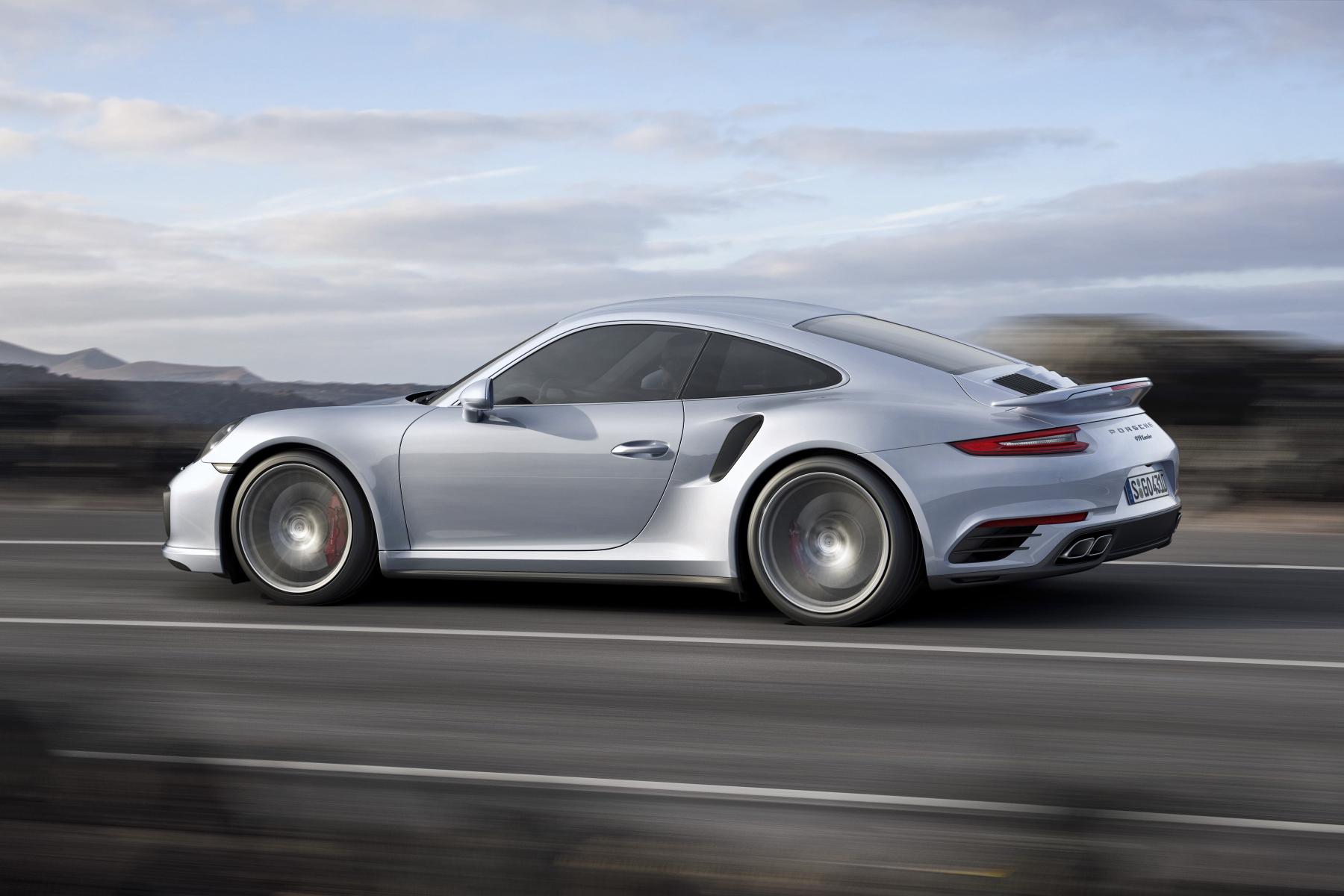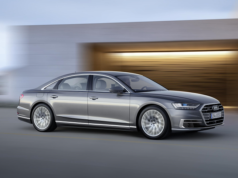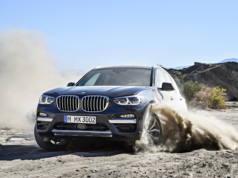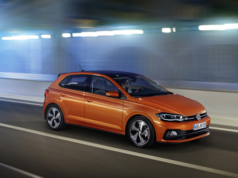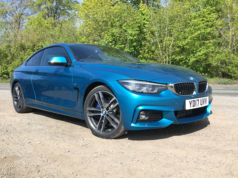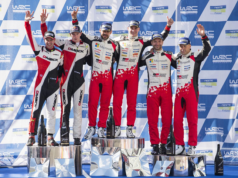 In 1963, a man by the name of Ferdinand Porsche threw open his workshop doors to reveal a new prototype sports car to the good people of Frankfurt. Like his illustrious grandfather of the same name, Ferdinand had a reputation for visionary car making and, as such, his new pet project personified the futuristic, space-age design trend of the swinging sixties. However far-sighted he may have been, Porsche junior could surely never have predicted that the prototype he unveiled that day would go on to become the most iconic European sports car in history.
In 1963, a man by the name of Ferdinand Porsche threw open his workshop doors to reveal a new prototype sports car to the good people of Frankfurt. Like his illustrious grandfather of the same name, Ferdinand had a reputation for visionary car making and, as such, his new pet project personified the futuristic, space-age design trend of the swinging sixties. However far-sighted he may have been, Porsche junior could surely never have predicted that the prototype he unveiled that day would go on to become the most iconic European sports car in history.
It’s name; the Porsche 901. Yes, that’s absolutely right. Indeed, had it not been for intervention from an unlikely source, petrol-heads around the world would still be singing the praises of the Porsche 901 to this day.
 Instantly distinguishable thanks to its sleek, curvaceous and aerodynamic body, Porsche’s prototype was soon drawing curious glances far beyond the confines of Frankfurt. Word soon crossed the border to France, where Gallic giants Peugeot were none too pleased to see Porsche’s new machine infringing their closely guarded copyright on all car names comprising of three digits with a zero in the middle. Back in Frankfurt, a hasty rebranding operation ensued – not to mention much chiselling of chrome digits. Thus, the frog-eyed sports car that emerged from Porsche’s Zuffenhausen plant in September 1964 gained another ten to its name and simultaneously took its first step on the path to legendary status as the celebrated Porsche 911.
Instantly distinguishable thanks to its sleek, curvaceous and aerodynamic body, Porsche’s prototype was soon drawing curious glances far beyond the confines of Frankfurt. Word soon crossed the border to France, where Gallic giants Peugeot were none too pleased to see Porsche’s new machine infringing their closely guarded copyright on all car names comprising of three digits with a zero in the middle. Back in Frankfurt, a hasty rebranding operation ensued – not to mention much chiselling of chrome digits. Thus, the frog-eyed sports car that emerged from Porsche’s Zuffenhausen plant in September 1964 gained another ten to its name and simultaneously took its first step on the path to legendary status as the celebrated Porsche 911.
54 years on, and the sports car that continues to defy the aging process is celebrating the release of its one-millionth model. Famously steadfast in the face of the constantly shifting design landscape, you need only utter the phrase “It looks the same” and the iconic profile of the 911 will instantly pop into the head of any sports car enthusiast. It’s perhaps fitting that this landmark is being commemorated by the unveiling of a retro special edition 911, whose Irish green body colour evokes the evergreen nature of this ‘brand within a brand’.
 Originally pitched as a bigger, more comfortable replacement for the aging Porsche 356, the first generation 911 started life with a 128bhp, 1991cc fan-cooled flat-six ‘boxer’ engine installed, as with its predecessors, above the rear axle. Two years later, the first 911 to bear the ‘S’ moniker arrived with its trademark power hike, just before the original Porsche 911 Targa hit US highways in August 1967.
Originally pitched as a bigger, more comfortable replacement for the aging Porsche 356, the first generation 911 started life with a 128bhp, 1991cc fan-cooled flat-six ‘boxer’ engine installed, as with its predecessors, above the rear axle. Two years later, the first 911 to bear the ‘S’ moniker arrived with its trademark power hike, just before the original Porsche 911 Targa hit US highways in August 1967.
Never the tamest of animals, many first-gen 911 owners found their machines rather too hot to handle. Gripes prompted designers back in Frankfurt to extend the car’s wheelbase by shifting the rear wheels back a few centromeres, thereby affording the rear-engine sports car more stability at high speeds.
The setup tweaks seemed to have the desired effect, as Porsche were confident enough to equip the 911 with a larger 2.4 litre engine in 1972. This souped-up model spawned the peak performance Carrera 2.7 RS with over 200bhp, uprated suspension and the now-iconic ‘ducktail’ rear spoiler.
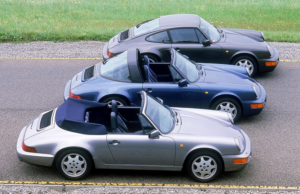 By 1974, the Carrera’s 2.7 litre torquier engine had become the bedrock of the 911 range. It was only trumped in the power stakes by the 1978 ‘Whaletail’ that brought turbocharging to the 911 clan for the first time. The result; a pulsating 295bhp from the heavily modified 3.3 litre powerplant.
By 1974, the Carrera’s 2.7 litre torquier engine had become the bedrock of the 911 range. It was only trumped in the power stakes by the 1978 ‘Whaletail’ that brought turbocharging to the 911 clan for the first time. The result; a pulsating 295bhp from the heavily modified 3.3 litre powerplant.
That could well have been the end of the 911 story; an influential but relatively short-lived chapter in the international sport cars almanac. However, the legend would live on, as public outcry combined with unexpectedly resilient sales figures persuaded the Porsche hierarchy to shelve its plan for a front-engined 911 replacement in 1981. Instead, the 911 marque was revitalised with extensive updates to its existing turbo engine. New high-compression pistons as well as a new sports exhaust system gave birth to the reincarnated 231bhp, 3.2-litre Carrera in 1984.
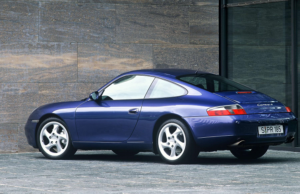 For the start of a new decade, the 911 underwent the first of only two major chassis revamps. Codenamed the Type 964, the 1990 Carrera 4 very much dragged the 911 into the modern era with its array of contemporary tech, from all-wheel drive and coil spring suspension to ABS and power steering. There was a new incarnation of the six-cylinder boxer engine too, now increased to 3.6 litres and with 245 bhp.
For the start of a new decade, the 911 underwent the first of only two major chassis revamps. Codenamed the Type 964, the 1990 Carrera 4 very much dragged the 911 into the modern era with its array of contemporary tech, from all-wheel drive and coil spring suspension to ABS and power steering. There was a new incarnation of the six-cylinder boxer engine too, now increased to 3.6 litres and with 245 bhp.
The 911’s front and rear fascia took on a subtly different form with the introduction of a new styling package 1994, whilst at the same time waving goodbye to the traditional air-cooled engine. However, before Porsche made the jump to liquid cooling, there was just time for the increasing army of 911 devotees to savour the twin-turbo 1995 Type 933; the first 911 to break the 400bhp barrier.
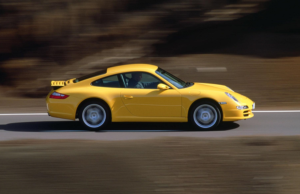 1998 provided what was arguably the most ambitious face-lift in 911 history. The old warhorse took its some fashion tips from a new kid on the Porsche block; the mid-engined Boxster. This new look would endure for the first decade of the new millennium, encompassing a modest range-wide refresh in 2005.
1998 provided what was arguably the most ambitious face-lift in 911 history. The old warhorse took its some fashion tips from a new kid on the Porsche block; the mid-engined Boxster. This new look would endure for the first decade of the new millennium, encompassing a modest range-wide refresh in 2005.
The Type 991, introduced in 2012, featured an entirely new platform – only the third since 1963 – with a longer wheelbase and shorter overhangs. Despite its larger dimensions, the car’s overall weight plummeted versus that of its predecessor, thanks in no small part to a body crafted almost entirely from aluminium. Today, the current crop of 911s all feature 3.0 litre turbo flat-six powertrains, the first time a turbocharged engine has been standard across the entire line-up.
So, what of the one millionth model itself? Happily, this landmark piece of automotive history will indeed be turning its wheels in anger before starting its life as a highly prized museum exhibit.  Ready to embark on a world tour that takes in some of most iconic roads and race circuits in the world, the millionth 911 is a Carrera S commissioned by Porsche with a fair few bespoke upgrades. Besides the ubiquitous ‘1,000,000’ logo, the green machine features pepita-patterned upholstery and a part-wood steering wheel just like that of the original. The 1964 version of the Porsche crest adorns the steering wheel and bonnet, whilst the alloy wheels give a nod to the classic 911s of yesteryear.
Ready to embark on a world tour that takes in some of most iconic roads and race circuits in the world, the millionth 911 is a Carrera S commissioned by Porsche with a fair few bespoke upgrades. Besides the ubiquitous ‘1,000,000’ logo, the green machine features pepita-patterned upholstery and a part-wood steering wheel just like that of the original. The 1964 version of the Porsche crest adorns the steering wheel and bonnet, whilst the alloy wheels give a nod to the classic 911s of yesteryear.
It’s true to say that, in relative terms at least, astonishingly little about the Porsche 911 has changed over its 54-year lifespan. So just how has this stubborn gem of a sports car managed to consistently stick two fingers up at the widely excepted logic of ‘evolve and adapt or be left behind’? The truth is that the Porsche 911 is the chameleon of the sports car world; constantly evolving and constantly adapting, without ever really changing its true form. That, perhaps, is the real secret behind the mystique of this timeless machine.